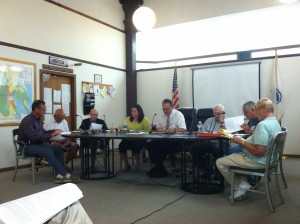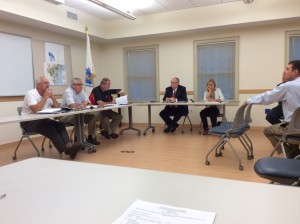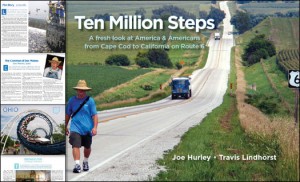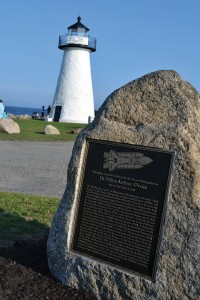On August 12 – 30 at the Mattapoisett Free Public Library, there will be a display of pictures and paintings of special trees from Mattapoisett along with stories of trees that are special to people. Share your stories with us for a future book. Stories can be submitted to the Town Hall, attention Tree Committee, 16 Main Street, Mattapoisett, MA 02739.







